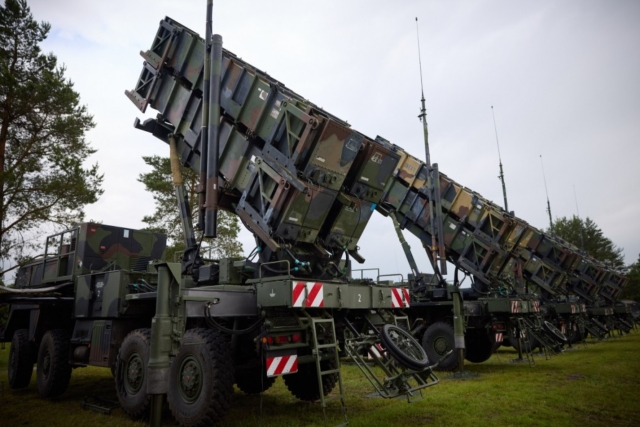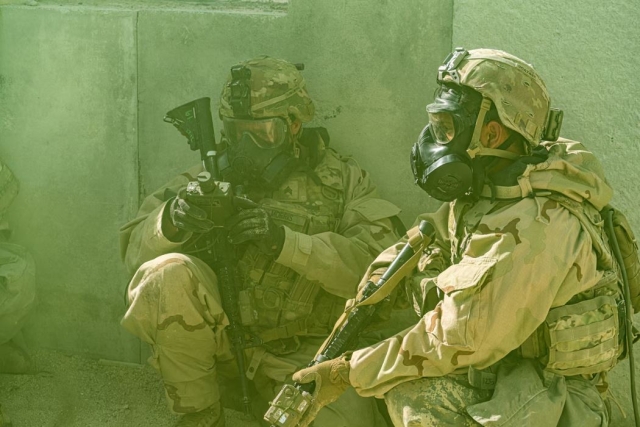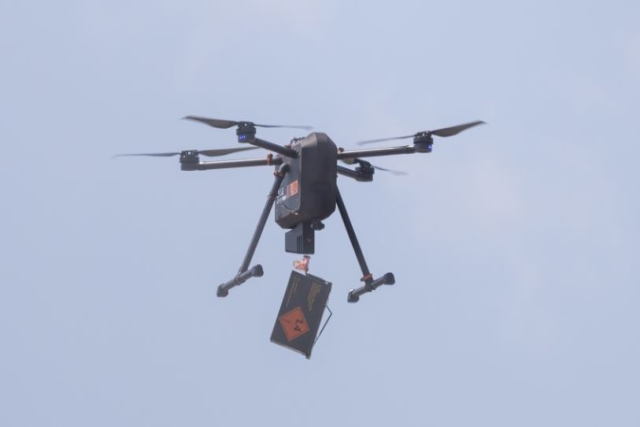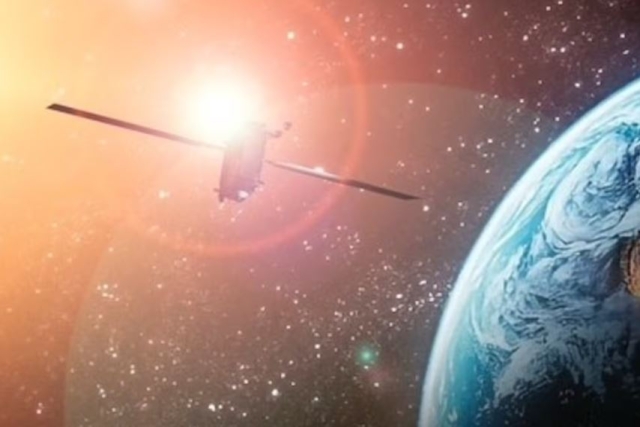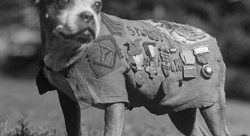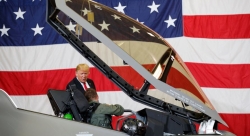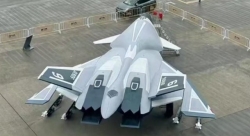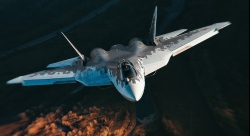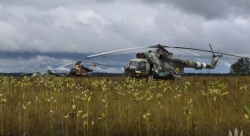Joint Unmanned Aircraft System Mission Crosses Atlantic
LANGLEY AIR FORCE BASE, Va. --- An Air Combat Command RQ-4A Global Hawk unmanned aircraft system from the 9th Reconnaissance Wing at Beale Air Force Base, Calif., made a trans-Atlantic flight Sept. 20 with the assistance of Navy officials.>> The 19-hour flight from Patuxent River Naval Air Station, Md., to Southwest Asia had Air Force and Navy officials working together to save time and resources.>> "The Navy has all of the supplies that we have, plus contracted support," said Airman 1st Class Matthew Milles, an avionics specialist. "It's a lot easier than just going to a remote location. Working hand in hand with the Navy moves the plane faster to the deployed location.">> The ability of the Air Force to coordinate and streamline UAS assets transfers directly to the warfighter on the ground.>> "We flew out of Patuxent River, where we used the Navy asset ground segment to launch it out of there, and that's the first time that's been done," said Tech. Sgt. Jason Jones, assigned to the 380th Expeditionary Aircraft Maintenance Squadron. "The aircraft has been on the ground about six hours, and we're going to turn it for a war on terrorism mission tonight and fly a full-schedule 24-hour mission.">> Going east over the Atlantic has its own significance and demonstrates how the Air Force is committed to providing global vigilance, reach and power in the future by exploring new options.>> "Going this direction, specifically allows us to cut out a lot of different stops in a lot of different areas," said Col. George Zaniewski, the ACC Intelligence, Surveillance and Reconnaissance Division chief. "Overall, it gets the aircraft over into the area of responsibility much easier, and more importantly than that, it allows us to work with the Navy, who will be doing more and more in the Global Hawk environment.
